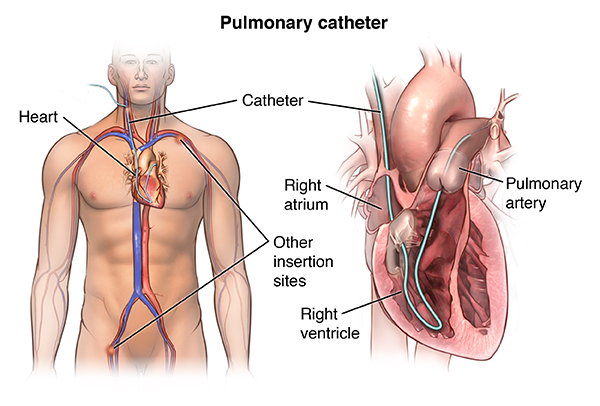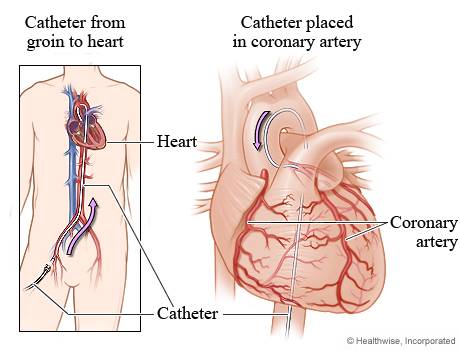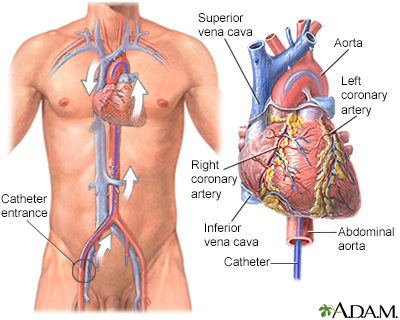Take short walks around the house to prevent a blood clot. Ask your doctor when it will be OK to start again.
Cardiac Catheterization Cedars Sinai
As technologically dazzling as coronary angiograms can be it is crucial to recognize the risks inherent in the procedure.
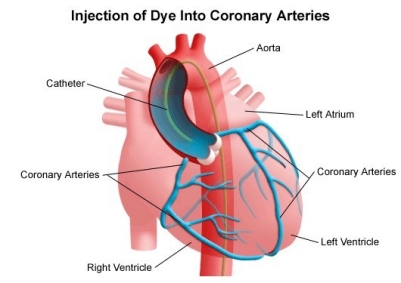
What not to do after heart cath. Avoid sexual activity for 2 to 5 days. Pressure will be applied to the puncture site to stop the bleeding. A nurse will monitor your vital signs the insertion site and circulationsensation in the affected leg or arm.
Ask a friend or family member to stay with you for the first day after cardiac catheterization. No swimming or bike riding for one week. Do not do vigorous activity for at least 48 hours.
After an interventional procedure it is normal to. No vigorous activities or contact sports for 72 hours. Do not do any heavy pushing pulling or twisting.
When you go home you will have an incision in your groin or arm depending on where your doctor inserted the heart catheter. You will go to a recovery room for a few hours. We recommend a family member be present as sedatives may cause you to be forgetful.
Avoid the gym for 72 hours. Do not drive or return to work until your healthcare provider says it is okay. For radial cardiac cath Do not participate in strenuous activities for 2 days after the procedure.
Due to the sensitive nature of the procedure patients are advised to avoid any unnecessary physical strain after cardiac catheterization. Immediately after your wrist catheterization you can sit up. Do not take a bath for 72 hours.
Feel more tired than usual for several days. These risks include but are not limited to pain and discomfort bleeding infection life-threatening arrhythmias renal failure perforation or dissection of a vessel or of the heart itself stroke heart attack and death. You will be asked to keep your leg straight and will not be able to get out of bed.
A hole is poked in a large vessel and it can leak even after we think its sealed. You should be able to return to work in 2 to 3 days if you do not do heavy work. For a catheter in your groin or arm.
Patients will need to drink plenty of fluids for a few days after cardiac catheterization. Dont do any heavy lifting or strenuous activities. But otherwise you are free to resume normal activities.
In general patients should avoid driving lifting and climbing stairs for about 48 hours after the procedure. The doctor will determine if you are going home or need to be admitted after your procedure. Treat your wrist like its broken for about 24 hours he says.
Hematoma is not uncommon after cardiac catheterization. During this time you have to lie flat. Gradually increase your activities until you reach your normal activity level within two days after the procedure.
For femoral cardiac cath Avoid heavy lifting more than 10 pounds and pushing or pulling heavy objects for the first 5 to 7 days after the procedure. You will stay flat in bed for several hours. This includes most sports - jogging golfing play tennis and bowling.
The use of anticoagulation therapy is common after cardiac intervention and may also increase the risk and amount of bleeding. Access site hematoma is the most common complication seen in postcardiac catheterization patients. This incision could potentially open and bleed or become infected so its important you keep it clean and avoid straining it.
Try not to put pressure on the incisionavoid straining to have a bowel movement. Rest and do quiet activities. Do not do vigorous activity for at least 48 hours.
The cardiologist will share results of catheterization. Its caused by blood leaking and collecting in the space under the skin. In addition youll only need to wear a pressure bracelet over the access point for a few hours Dr.
To care for your incision. Wash the incision daily with mild soap and water. What happens after cardiac catheterization.
Do not participate in strenuous activities for 5 days after the procedure. If you are discharged this will generally be three to six hours after your procedure. Keep a band-aid on the cath site for 72 hours.
If still present remove the pressure bandage the following day after applying warm wet washcloths to loosen dressing. Do not take a bath or swim for the first week. At the same site there may also be a small lump which should not get bigger soreness when pressure is applied and perhaps a small amount one or two drops of discharge.
Ask your healthcare provider when you can return to your normal activities. Vigorous activity may cause bleeding from your wound. Follow your doctors instructions for diet resting activities and caring for your incision.
Do not push or pull with the arm that was used for the procedure. After the cardiac cath you may be taken to a recovery room or returned to your hospital room. Have a bruise or discolored area near where the catheter was inserted.
What can you not do after a heart cath. Vigorous activity may cause bleeding from your wound.

Left Heart Catheterization Information Mount Sinai New York
Right Heart Catheterization With Heart Tissue Biopsy

Cardiac Catheterization Presented By Rajesh B M Sc

Cardiac Catheterization The Cardiac Institute

What To Expect From Cardiac Catheterization Upmc
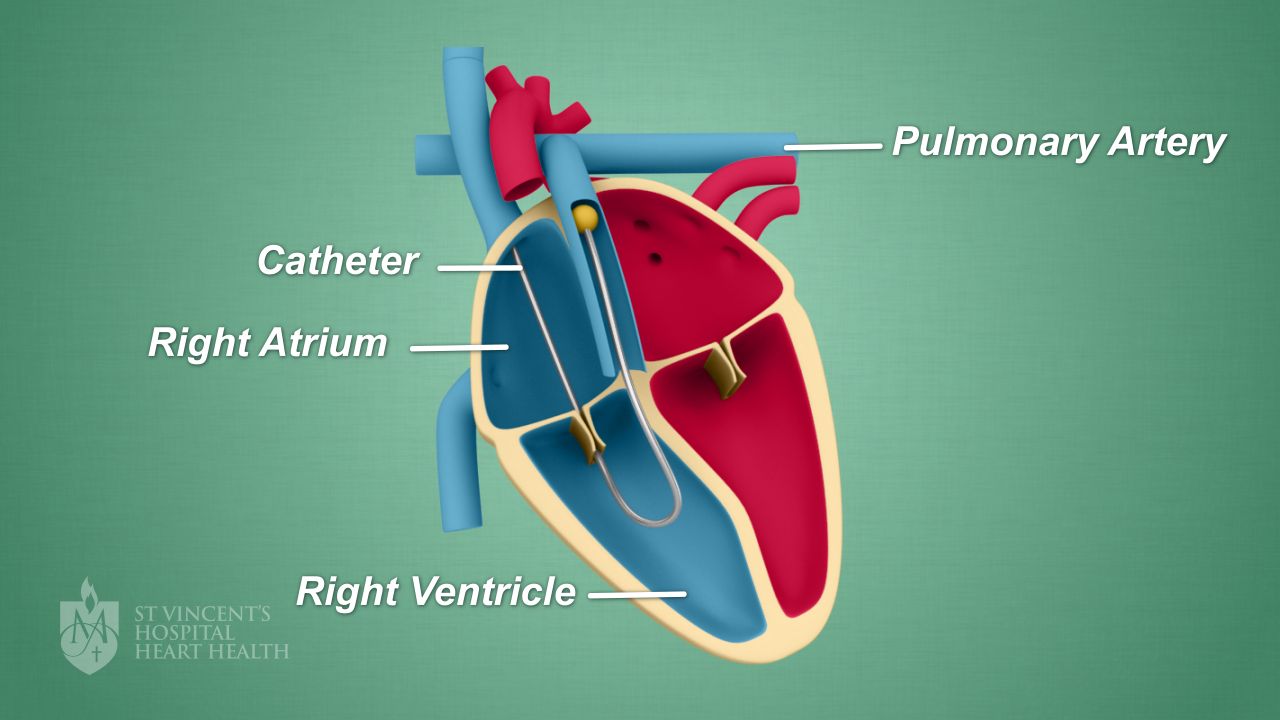
Right Heart Catheter St Vincent S Heart Health

A Wrist Bump After Diagnostic Coronary Angiogram American College Of Cardiology

Cardiac Catheterization Discharge Information Mount Sinai New York
Wrist Or Groin Risks And Benefits Of Femoral Versus Transradial Angioplasty And Stenting
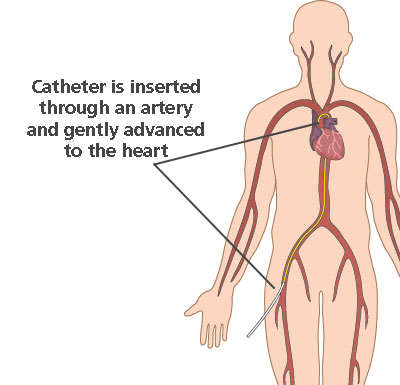
Cardiac Catheterization Heart Care Intermountain Healthcare

Types Of Cardiac Catheterization Stanford Health Care
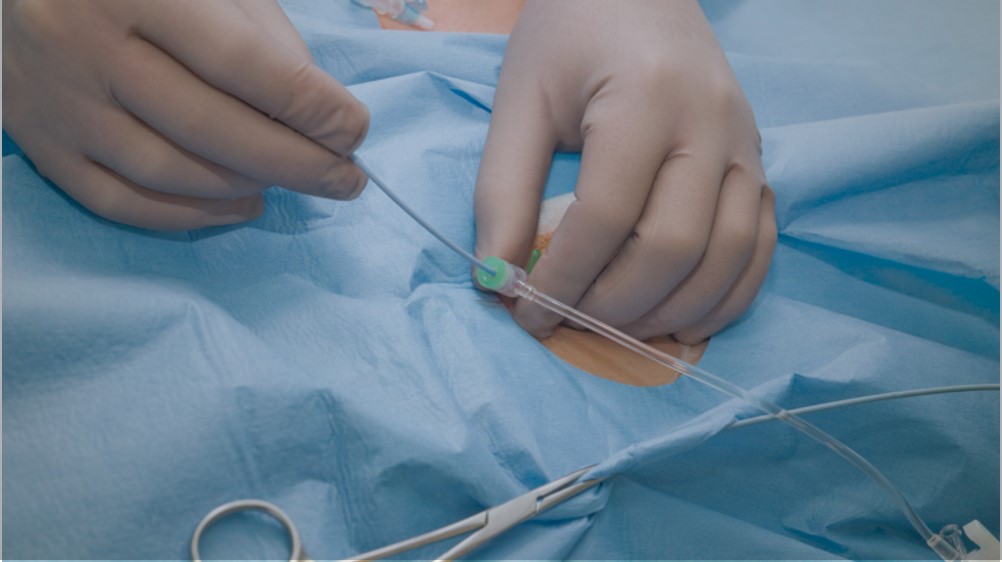
Right Heart Catheterization Myheart
Right Heart Catheterization Via The Arm Arm Yourself With Simple Techniques For Adjunctive Use In Contemporary Transradial Practice Scai

The Cardiac Catheterization Laboratory Thoracic Key
Right Heart Catheterization Health Encyclopedia University Of Rochester Medical Center

Cardiac Catheterization Johns Hopkins All Children S Hospital



